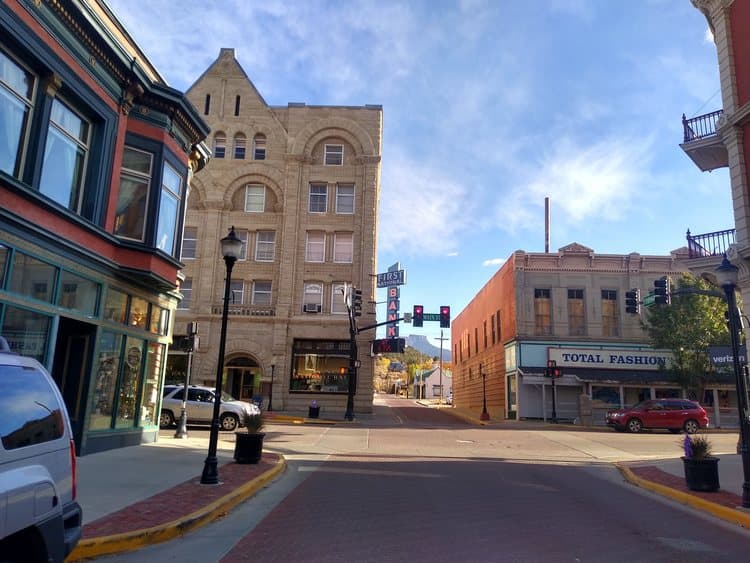Outdoor attractions and seasonal events drive Trinidad tourism growth
Las Animas County offers a compact set of high value attractions from Trinidad Lake State Park to downtown Main Street, drawing families, outdoor enthusiasts, and heritage visitors year round. Local businesses and community groups benefit from cycling and seasonal events that increase visitor spending, while public agencies face rising demand for safety, access, and wildlife management.

Trinidad and the wider Las Animas County have a clear set of assets that continue to shape the local economy and community life. At the top of the list, Trinidad Lake State Park provides fishing and boating opportunities that support family outings and seasonal gatherings. Easy access viewpoints around Fishers Peak and Simpson's Rest offer panoramic sunrise and sunset experiences that require minimal travel time from town, making them reliable draws for both residents and visitors.
Cultural institutions anchor heritage tourism downtown. The Trinidad History Museum and the A.R. Mitchell Museum present regional art and history exhibits that complement Main Street shopping, galleries, and local dining. Those assets make weekend visits attractive for cultural tourists and create foot traffic for independent retailers and restaurants along Main Street.
Outdoor recreation on county roads and gravel routes is a growing economic driver. Cycling and gravel events increasingly bring visitors who purchase lodging, food, and services in Trinidad. Organizers and riders are advised to follow local guidance and respect private land access, a practice that helps preserve goodwill and sustain access over time. The rise of gravel tourism reflects a broader trend toward experiential travel that favors rural destinations with rideable roads and scenic routes.
Wildlife viewing and state park visitation create both opportunity and responsibility. Best practices for safe viewing are important for visitors, and any wildlife incidents should be reported to Colorado Parks and Wildlife. As visitor numbers grow during peak seasons, coordinated responses from CPW and county officials will be critical to minimize conflicts and protect wildlife populations.
Seasonal community calendars also play a visible role in local economic patterns. Recurring events in November and December, including tree lighting, holiday markets, and veterans community meals, concentrate activity in the downtown and hospitality sectors. These events generate a predictable boost in local spending during the late autumn period, and they help sustain small business revenues into the winter months.
From a policy and planning perspective, the county faces several priorities. Managing parking and trailhead access near high use overlooks can reduce congestion. Clear signage and outreach about private land boundaries will help preserve riding routes. Strengthening coordination with CPW on wildlife reporting and visitor education will reduce safety risks and support conservation goals.
For residents, the combination of outdoor recreation, cultural institutions, and seasonal events means accessible options for family activities and steady support for local businesses. For local leaders, these same assets point to where targeted investments in infrastructure, signage, and interagency coordination can yield the greatest returns in visitor satisfaction and economic resilience.


